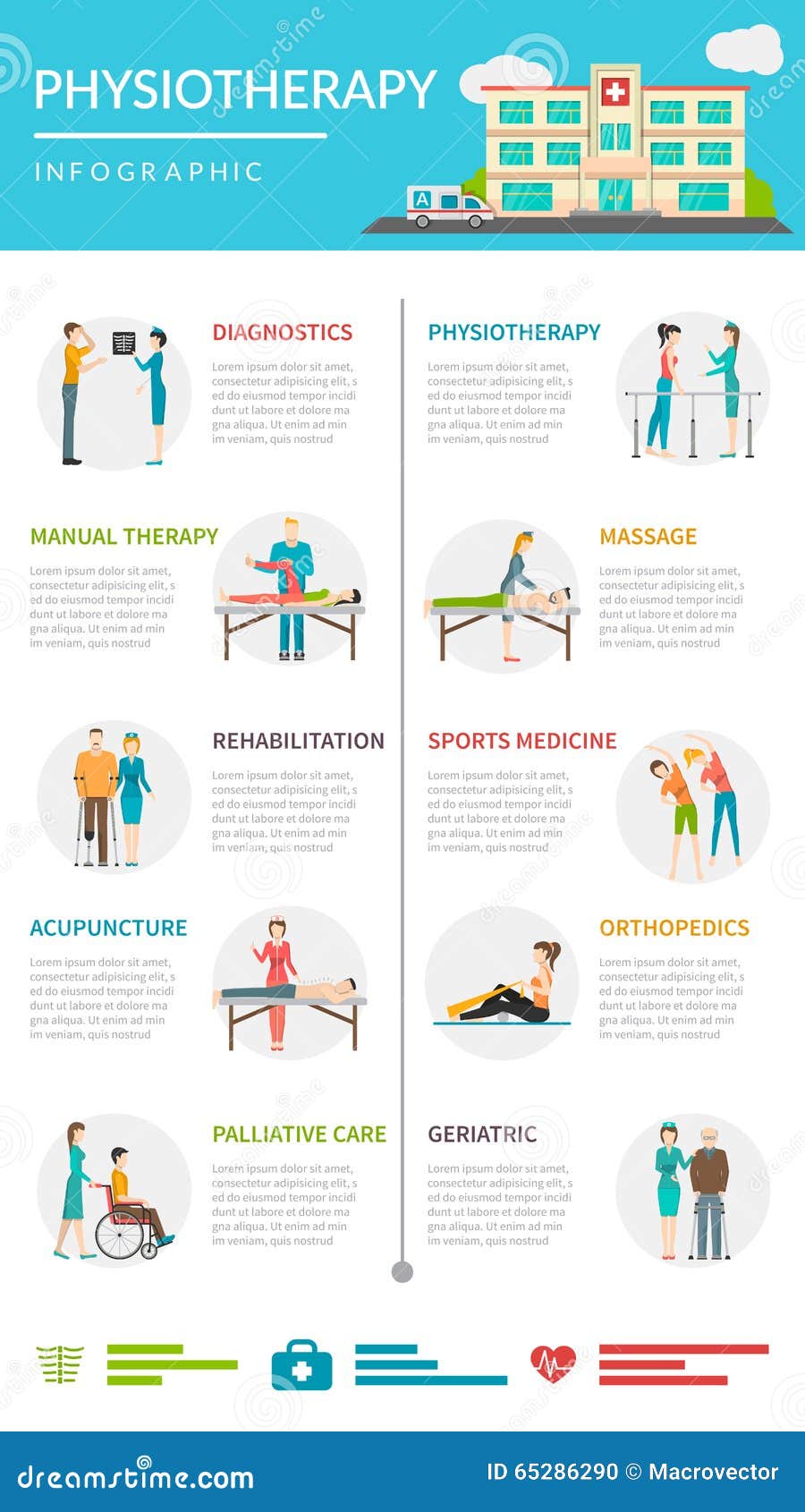Necessary Daily Behaviors That Can Create Back Pain And Exactly How To Avoid Them
Necessary Daily Behaviors That Can Create Back Pain And Exactly How To Avoid Them
Blog Article
Produced By-Vega Schaefer
Preserving appropriate posture and avoiding typical challenges in daily tasks can significantly affect your back health and wellness. From how you sit at your desk to how you raise heavy things, small modifications can make a large distinction. Picture a day without the nagging back pain that prevents your every step; the solution could be simpler than you assume. By making a couple of tweaks to your daily practices, you could be on your method to a pain-free existence.
Poor Posture and Sedentary Way Of Life
Poor posture and an inactive way of living are two major factors to pain in the back. When you slouch or hunch over while sitting or standing, you put unnecessary strain on your back muscle mass and spine. This can lead to muscle inequalities, tension, and eventually, persistent pain in the back. In addition, sitting for extended periods without breaks or exercise can compromise your back muscles and bring about tightness and discomfort.
To deal with poor pose, make a mindful effort to sit and stand straight with your shoulders back and aligned with your ears. Bear in mind to keep your feet level on the ground and stay clear of crossing your legs for extensive periods.
Integrating normal extending and strengthening exercises right into your day-to-day routine can likewise aid boost your pose and ease neck and back pain associated with a sedentary way of living.
Incorrect Training Techniques
Inappropriate lifting methods can significantly contribute to neck and back pain and injuries. When you raise heavy objects, keep in mind to flex your knees and use your legs to lift, instead of relying on your back muscles. Prevent turning your body while training and maintain the item close to your body to reduce pressure on your back. It's essential to keep a straight back and stay clear of rounding your shoulders while lifting to prevent unnecessary stress on your spine.
Always analyze the weight of the things before raising it. If it's too heavy, ask for assistance or usage devices like a dolly or cart to transport it securely.
Keep in mind to take breaks during raising jobs to provide your back muscles a chance to rest and prevent overexertion. By carrying out correct training strategies, you can stop back pain and lower the threat of injuries, ensuring your back remains healthy and solid for the long-term.
Absence of Regular Workout and Stretching
A less active lifestyle devoid of regular workout and stretching can significantly contribute to neck and back pain and discomfort. When you don't engage in exercise, your muscles come to be weak and inflexible, leading to poor position and boosted stress on your back. Regular workout assists enhance the muscular tissues that support your spinal column, boosting stability and minimizing the risk of pain in the back. Integrating stretching into your regimen can likewise boost versatility, stopping stiffness and discomfort in your back muscles.
To prevent neck and back pain triggered by a lack of exercise and stretching, aim for at least thirty minutes of moderate physical activity most days of the week. Include exercises that target your core muscular tissues, as a solid core can assist alleviate stress on your back.
Furthermore, take breaks to extend and relocate throughout the day, particularly if you have a desk work. middle lower back pain like touching your toes or doing shoulder rolls can help eliminate stress and avoid pain in the back. Focusing on routine exercise and extending can go a long way in keeping a healthy and balanced back and decreasing discomfort.
Final thought
So, keep in mind to sit up directly, lift with your legs, and remain active to stop pain in the back. By making simple changes to your daily habits, you can avoid the pain and constraints that feature neck and back pain. Look after integrative cardiologist austin tx and muscle mass by practicing great position, proper lifting techniques, and routine exercise. Your back will thanks for it!
